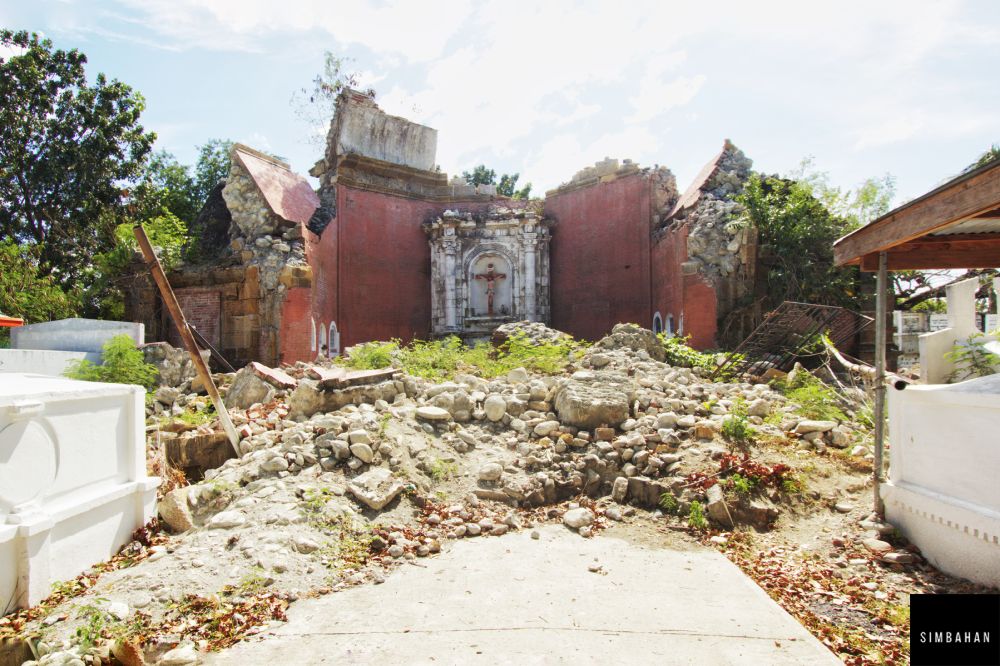
Old Philippine cemeteries hold a rich tapestry of heritage and culture, serving as integral landmarks. Pre-Hispanic burial customs varied, with some communities interring their dead in caves or cliffs, while others buried them directly in the ground.
With the advent of Catholicism, burial practices centralized within church compounds, leading to the establishment of camposantos or cemeteries. Initially located within churchyards, camposantos later relocated for hygiene reasons, following a decree by King Charles VI of Spain in 1787.
Old Philippine cemeteries
Colonial Philippine cemeteries typically featured perimeter fences, entrance arches or gates, central crosses, and niches for affluent burials. In some areas, towns could afford funerary chapels, which replaced central crosses and showcased unique cemetery architecture.
Despite the efforts to preserve and restore historic churches, many old cemeteries in the Philippines face neglect and deterioration. Structural degradation is common, with missing or demolished chapels and crumbling walls leaving little trace of their former grandeur. Neglecting these cemeteries endangers heritage sites and diminishes significant cultural repositories.
Preserving these structures is essential to safeguarding Philippine heritage and honoring the traditions of past generations. Efforts to conserve Philippine cemeteries require collaboration between government agencies, heritage organizations, and local communities. Initiatives such as restoration projects and awareness campaigns can help mitigate further deterioration and raise appreciation for these cultural treasures.
Philippine cemeteries stand as enduring symbols of cultural heritage and tradition, deserving of protection and reverence. Their rich history and unique architectural features make them invaluable assets to the cultural landscape of the Philippines. By recognizing the value of Philippine cemeteries and implementing proactive preservation measures, we can ensure their continued existence for future generations.
Preserving these sacred sites honors the legacy of our ancestors and reinforces our connection to the past, ensuring that their stories continue to inspire and educate for years to come.
If Philippine cemetery architecture interests you, I have an Instagram page here.
Pingback: This Iloilo cafe in Miagao has dayap cheesecake! - LANGYAW